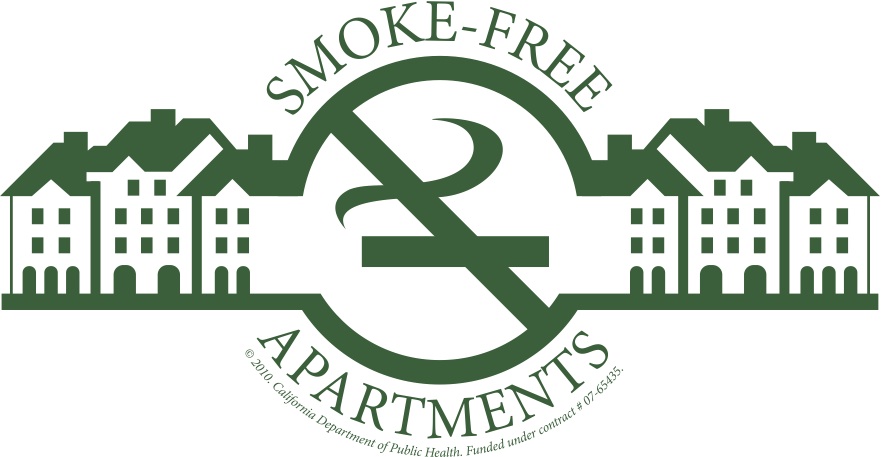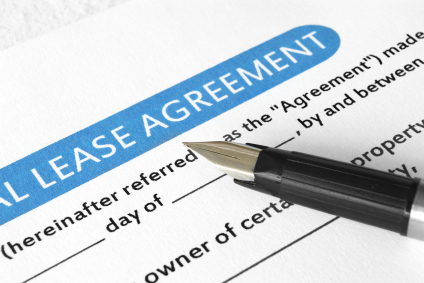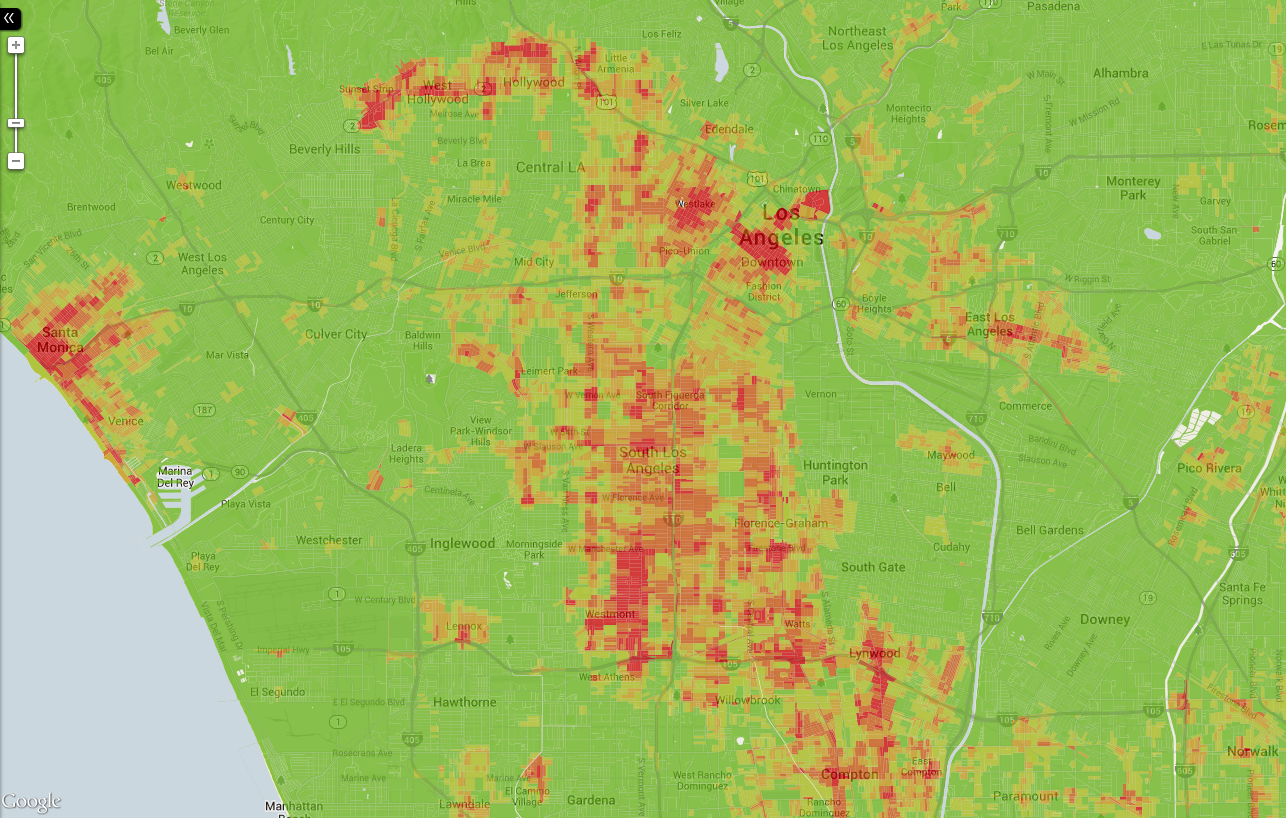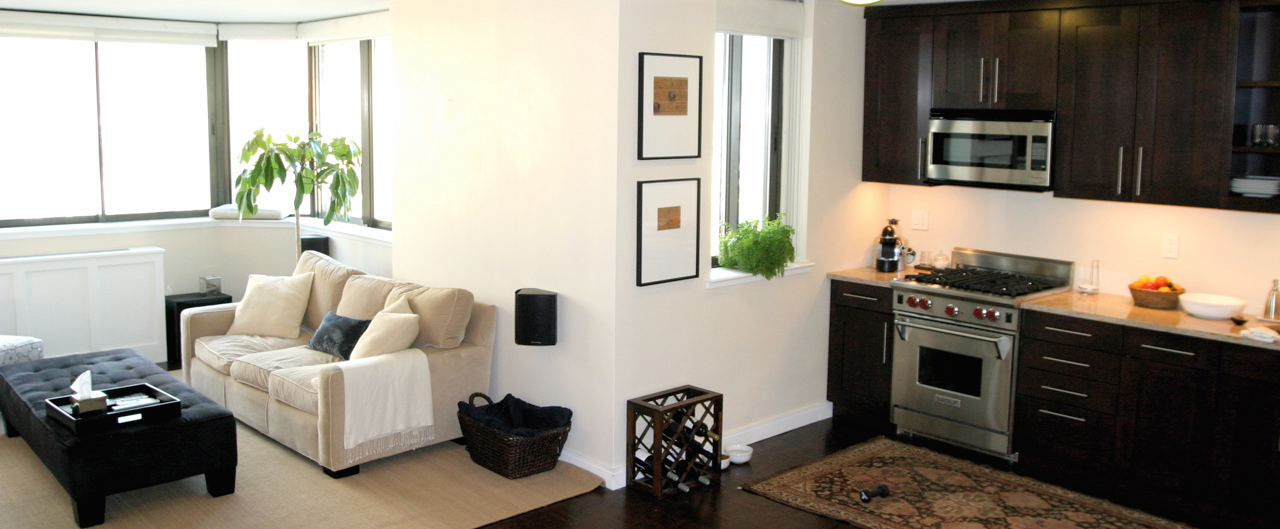New California Laws to Impact Multifamily Housing
 According to the California Apartment Association (CAA), several new laws will impact multifamily housing this year. To help keep you informed of the changes, here’s a list of what you can expect.
According to the California Apartment Association (CAA), several new laws will impact multifamily housing this year. To help keep you informed of the changes, here’s a list of what you can expect.
Assembly Bill No. 60 – After January 1, 2015, the Department of Motor Vehicles will issue driver licenses to individuals who do not provide a social security number on their application, but provide satisfactory proof that their presence in the U.S. is authorized under federal law.
The DMV may also issue a license to an individual if they are unable to show proof of legal residence. The applicant may sign an affidavit attesting they are ineligible for a SSN and unable to show proof of legal residence.
It is a violation of the law to discriminate against an individual because they hold or present the license. The bill also prohibits using the license to consider citizenship or immigration status on the basis of criminal investigation, arrest, or detention. Click here for more information about AB 60.
While this change is new to the DMV, the multifamily housing and tenant screening industries already familiar with disregarding an individual’s citizenship status. Assembly Bill No. 976, Section 1940.3 prohibits landlords from inquiring about the citizenship status of a tenant, prospective tenant, occupant, or prospective occupant of a residential property. Click here for more information about AB 976, Section 1940.3.
Senate Bill No. 745 – All smoke alarms sold in California after July 1, 2014 will have a non-replaceable, non-removable battery capable of powering the smoke alarm for at least 10 years. The amendment does not apply to smoke alarms that have been ordered by, or are in the inventory of an owner, managing agent, contractor, wholesaler, or retailer on or before July 1, 2014, until July 1, 2015.
Beginning January 1, 2015, all smoke alarms must display the date of manufacture on the device, provide a place on the device where the date of installation can be written and incorporate a hush feature to be approved and listed by the State Fire Marshal. Click here for more information about SB 745.
Senate Bill No. 612 – A tenant may notify landlords that he or she, or a household member, was a victim of domestic violence, sexual assault, stalking, human trafficking, or abuse of an elder or dependent adult, and intends to terminate the tenancy.
To terminate the lease, the notification must be written and include one of the following attached to the notice: A copy of the restraining order, emergency protective order or protective order from the courts; a copy of the police report; or documentation from a qualified third party, such as a doctor. Click here for more information about SB 612.
Assembly Bill No. 227 – This bill limits penalties to $500 for businesses that correct specified Proposition 65 violations, within 14 days of a notice of violation. These violations include exposure to chemicals known to the state to cause cancer or reproductive toxicity, such as engine exhaust and exposure to secondhand tobacco smoke on premises. Click here for more information about AB 227.
Senate Bill No. 254 – Establishes the Used Mattress Recovery and Recycling Act and requires the mattress recycling organization to develop a state plan for recycling used mattresses by January 1, 2015. Retailers by July 1, 2014 are required to give customers the option of having a used mattress picked up, at no additional cost, at the time the new mattress is delivered or at least give the option for free drop-off of the used mattress. Click here for more information about SB 254.
Assembly Bill No. 1092 – The Building Standards Commission is required to adopt building standards for the installation of future electric vehicle charging infrastructure for parking spaces in multifamily dwellings and nonresidential development. Click here for more information about AB 1092.
Assembly Bill No. 10 – Minimum wage will increase to $9 per hour on July 1, 2014 and $10 per hour on January 1, 2016. Click here for more information about AB 10.




 According to the charges, the landlord’s policies required a tenant to remain in an apartment for six months before adding another person to the lease. The tenant told the apartment management company that her sister was willing to move into the apartment and provide the necessary care. The woman’s doctor documented her need for the accommodation, but the management company denied her request.
According to the charges, the landlord’s policies required a tenant to remain in an apartment for six months before adding another person to the lease. The tenant told the apartment management company that her sister was willing to move into the apartment and provide the necessary care. The woman’s doctor documented her need for the accommodation, but the management company denied her request.




 As the year comes to a close and a new one is set to begin, it’s a good idea to make sure your tenant leases are in order.
As the year comes to a close and a new one is set to begin, it’s a good idea to make sure your tenant leases are in order.
 Jason Randall is the VP Product Management with AppFolio, providers of
Jason Randall is the VP Product Management with AppFolio, providers of 

 You probably know someone who has recently purchased a new vehicle; it’s all about the touch screen features, navigation, adjustable cup holders and maybe the average miles per gallon. No one has to tell you it has a motor, four wheels, or even a transmission.
You probably know someone who has recently purchased a new vehicle; it’s all about the touch screen features, navigation, adjustable cup holders and maybe the average miles per gallon. No one has to tell you it has a motor, four wheels, or even a transmission.



